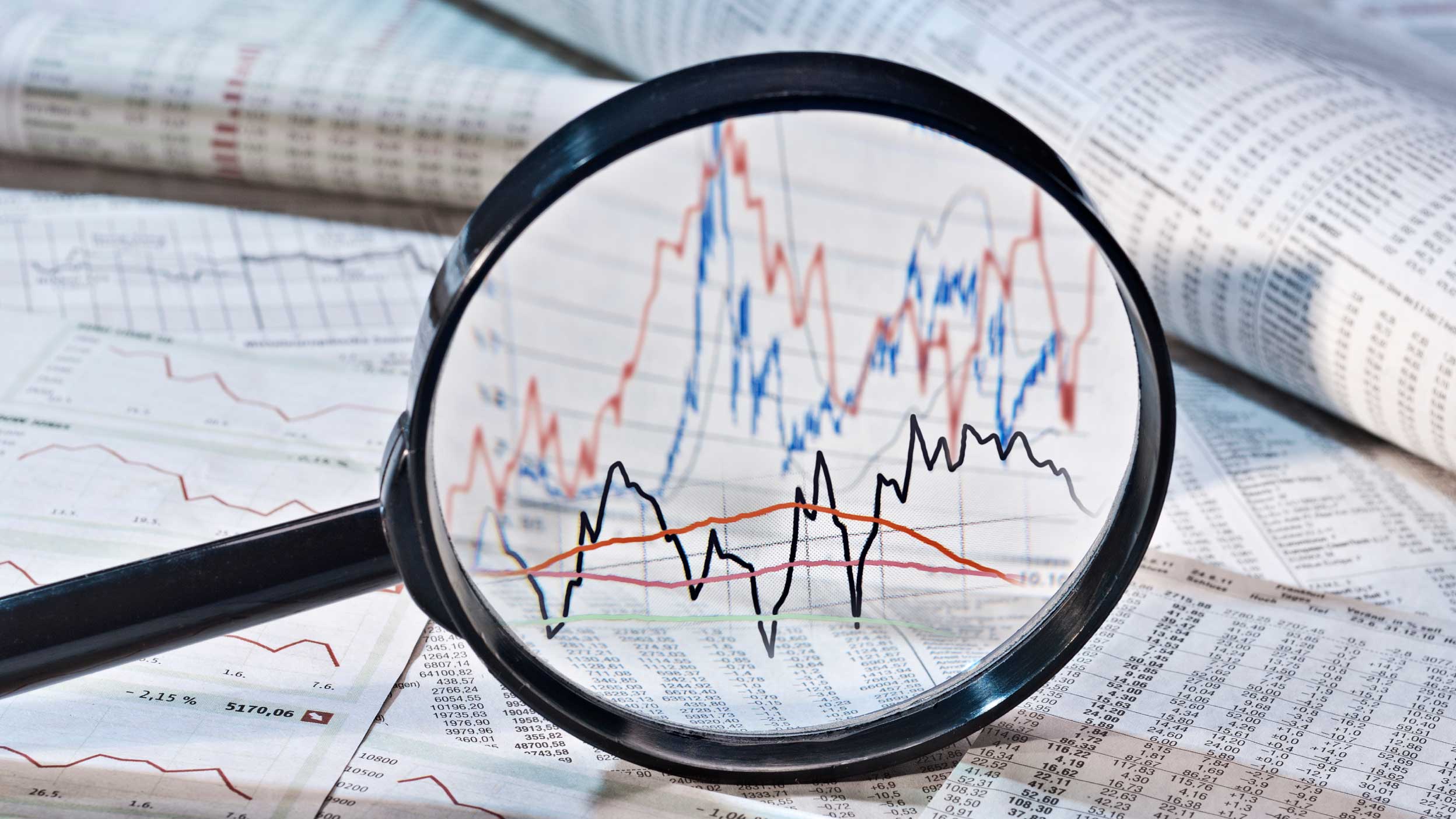Invesco’s Fixed Income ETFs
ETFs can offer convenient access to broad and diversified baskets of bonds at a low cost.
You can gain exposure to corporate bonds from issuers meeting strict ESG criteria
Corporate bond markets are much more diverse than those for government bonds, with exposure to companies operating in a variety of sectors. In addition to the number of years to maturity and the currency in which the bonds are issued, corporate bond investors also have a choice in terms of the issuing companies’ credit quality and even how the businesses are managed.
Corporate bond ETFs can include those aiming to avoid certain sectors and emphasise companies with strong environmental, social and governance (ESG) characteristics. They provide investors with low-cost core elements for constructing diversified ESG portfolios.
Investment-grade ETFs can be in either USD, EUR or GBP currencies and follow an indices that has been created to increase overall exposure to those issuers demonstrating a robust ESG profile and that meet minimum size and liquidity requirements.
Securities are excluded from the index if the issuing company:
Remaining securities may have an ESG score that has been assigned using MSCI ESG metrics. This ESG Score is used to re-weight the eligible securities from their natural (market capitalisation) weights by applying a factor tilt in favour of constituents with higher ESG Scores.
High-yield ETFs may follow indices with similar methodologies as their investment-grade counterparts. The exclusions may be the same as those listed above, although global high-yield ETFs may include issuers from developed and emerging markets. As with the investment-grade ETFs, global and USD high-yield ETFs may also be designed to re-weight eligible securities using their ESG Scores.
The value of investments, and any income from them, will fluctuate. This may partly be the result of changes in exchange rates. Investors may not get back the full amount invested.
ETFs can offer convenient access to broad and diversified baskets of bonds at a low cost.

Bond markets struggled in March, primarily due to concerns about the potential impact of upcoming US policies. Read our latest thoughts on how fixed income markets fared during the month and what we think you should be looking out for in the near term.
Data as at 31 January 2023, unless otherwise stated.
By accepting this communication you consent to communicating with us in English, unless you inform us otherwise.